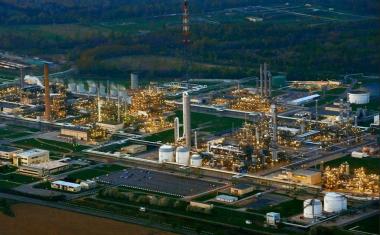EPA Issues Formaldehyde Emissions Rule

The US Environmental Protection Agency (EPA) has implemented legislation passed by Congress in 2010, aimed at reducing exposure to formaldehyde vapors from certain wood products produced domestically or imported into the country. The Formaldehyde Emission Standards for Composite Wood Products Act established emission standards for formaldehyde and directed EPA to finalize a rule on implementing and enforcing a number of provisions covering composite wood products.
EPA said it worked with the California Air Resources Board to help ensure that the final national rule is consistent with California requirements for composite wood products – the state is usually the US forerunner in environmental protection legislation. The new rule, it said, is designed to level the playing field for domestic manufacturers who have a high rate of compliance with the California standard and will ensure that imported products not subject to California’s requirements meet the new standard.
One year after the rule is published, composite wood products sold, supplied, offered for sale, manufactured, or imported in the US will have to be labeled as being compliant with the current version of the toxic substances control act, TSCA. Affected products include hardwood plywood, medium-density fiberboard, and particleboard as well as household and other finished goods containing these products.
EPA is also setting testing requirements to ensure that products comply with those standards, establishing eligibility requirements for third-party certifiers and accreditation bodies. The new rule includes certain exemptions for products made with ultra-low formaldehyde or no-added formaldehyde resins and new requirements for product labeling, record keeping, and enforcement provisions.
















